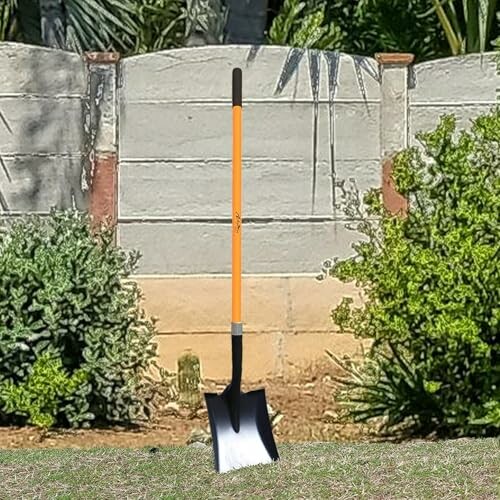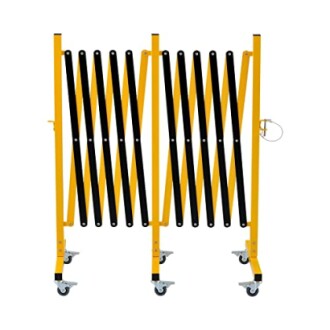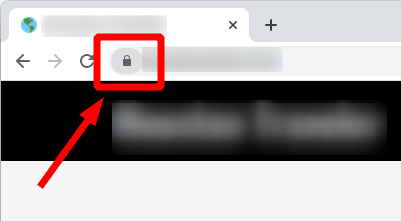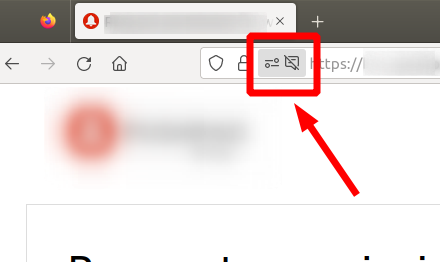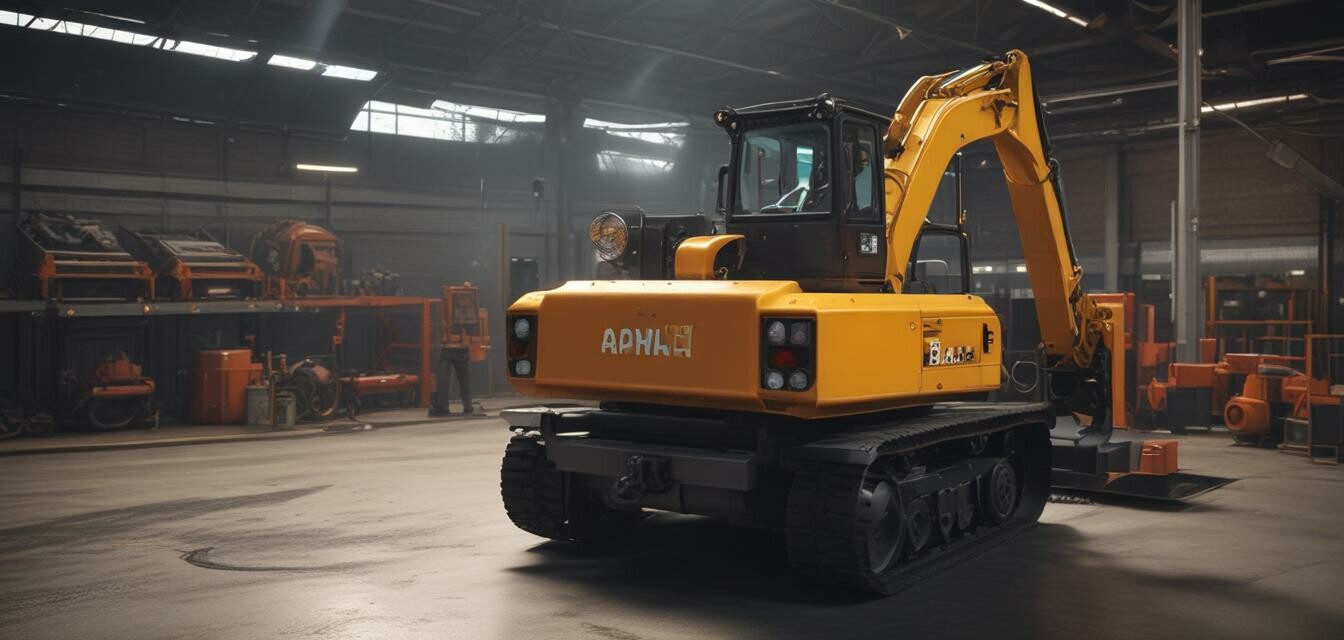
How to Properly Maintain Your Asphalt Paving Equipment
Key Takeaways
- Regular maintenance ensures your equipment runs efficiently.
- Preventative checks can save costs in the long run.
- Proper cleaning and storage methods extend the life of your machinery.
- Understand the specific maintenance needs for different types of asphalt equipment.
Asphalt paving equipment is essential for successful paving projects. However, to ensure optimal performance and longevity, it requires regular maintenance. This article provides step-by-step instructions to help you maintain your asphalt paving equipment effectively.
Importance of Equipment Maintenance
Maintaining your asphalt paving machinery is crucial for a variety of reasons:
- Improved efficiency: Well-maintained equipment operates smoothly, resulting in better work quality.
- Cost savings: Preventative maintenance can help avoid costly repairs and breakdowns.
- Extended lifespan: With proper care, your machines can serve you effectively for many years.
Tools and Equipment Needed
Before starting the maintenance process, gather the following tools and equipment:
- Grease gun
- Cleaning supplies (soap, water, rags)
- Parts cleaner
- Wrenches (various sizes)
- Replacement parts (filters, hoses, etc.)
Step-by-Step Maintenance Procedures
1. Daily Inspections
Perform daily inspections to catch potential issues early:
- Check fluid levels (oil, coolant, hydraulic fluid).
- Inspect hoses and belts for wear and tear.
- Examine tires for proper inflation and damage.
2. Cleaning Equipment
A clean machine is a reliable machine. Follow these steps:
- Pressure wash the exterior to remove dirt and asphalt.
- Clean oil filter and air filter regularly to ensure efficient operation.
- Use a parts washer for more intricate components when necessary.
3. Lubricating Moving Parts
Lubrication keeps parts functioning properly:
- Use a grease gun to lubricate fittings on joints and hydraulics.
- Follow the manufacturer's guidelines for lubrication intervals.
4. Fluid Changes
Regularly change fluids to prevent machinery failure:
- Oil changes—typically every 50-100 operating hours, consult your manual.
- Hydraulic fluid replacements should also be based on operating hours.
Refer to our maintenance equipment resource for detailed guidance.
5. Seasonal Storage
Proper seasonal storage can protect your equipment:
- Clean and inspect before storage.
- Store in a dry, covered space to prevent rust.
- Disconnect batteries if storing for long periods.
Common Issues to Watch For
| Issue | Symptoms | Solutions |
|---|---|---|
| Oil leaks | Visible fluid on the ground under the machine | Check and replace seals or gaskets as necessary |
| Overheating | Engine temperature warning light activates | Inspect coolant levels and check for blockages |
| Poor paving quality | Uneven surface, cracks | Check equipment alignment and material settings |
Recommended Products for Maintenance
Some tools and products can make your maintenance tasks easier:
Ashman Heavy-Duty Transfer Shovel
Ideal for various applications from landscaping to snow removal, this shovel features a durable handle and blade, perfect for heavy-duty tasks.
Learn MoreIndustrial Expandable Metal Barricade
Quickly lock down any area with this flexible and mobile safety barrier, designed for construction sites and crowd control.
Learn MoreConclusion
Properly maintaining your asphalt paving equipment is essential for ensuring its performance and longevity. By following these steps, you can avoid downtime and expensive repairs, keeping your projects running smoothly. For more tips and guides, check our Buying Guides.
Tips for Beginners
- Start with daily checklists to build a maintenance routine.
- Educate yourself on the specific needs of your machinery.
- Consult professional resources when unsure about repairs.
